|
It’s not going to be a long blog post this month, because I have precisely five days before I need to be in a car with my husband and all my worldly possessions and heading cross-country to Yellowstone. But being in the thick of several manuscripts at all different stages—one in plotting, one in drafting, and one in editing—I wanted to share some great tips I’ve gathered over the years on jump-starting protagonists. Think of them as icebreakers for authors, only less horrible than real social icebreakers because your characters can't judge you. So many of my protagonists start out as little more than a suggestion—a role to fill (Mae), a foil to another character (Rou), a catalyst (Celeno). Often, it’s not until I reach the end of the first draft that I understand exactly who that character is and how to achieve their full potential. Sometimes that makes drafting hard, especially when I need a character to make a big decision—by the time I was writing Creatures of Light, I knew, for example, how Mona would react in any given situation. But as I was drafting book 1 of The Outlaw Road, with new characters, I had to do a lot more puzzling. What choices would this character make? How do they handle their problems? How do they react when they fail? There are lots of great character-building exercises and activities available online and in writers' workshops to help you get to know your protagonist, but I have a few go-to aids that I use when I realize I need to know more about them. Check them out below the jump!
0 Comments
Hey all! Tomorrow (2/23) several HarperCollins authors and myself will be holding a Twitter chat to talk about books that inspire us and what releases we're looking forward to in 2017! Come join us at 3 PM and 8 PM EST under the hashtag #SFFChat to share YOUR favorites! And feel free to bring questions about writing and publishing.
We have less than one month until Ashes to Fire releases in paperback! Starting next week, I'll be posting some fun new features here on my website, including another interactive map! A lot of you have heard me talk about the follow-up novels (emphasis on novels, plural) to Woodwalker as if they were a done deal. Thing was, my editor only originally signed me for two, with the understanding that if my second wasn't unintelligible garbage, he would consider signing me for the third and final installment. Well, as of today, I can officially share the good news... HarperVoyager has signed me for CREATURES OF LIGHT, the third and final follow-up to Woodwalker! This book is narrated by Gemma, a character readers will get to know in Mona's forthcoming book, Ashes to Fire.
The manuscript itself is almost complete, though it still needs several rounds of hardcore editing. I hope readers will find it a satisfying finale to this series. But let's not forget that before we get too worked up about Creatures of Light, we have something much more tangible and imminent---Ashes to Fire releases in less than two months! In between drafting the manuscript for Creatures of Light, I've been putting together some sweet new material for book 2's release. Expect lots of new illustrations and interactive media in January and February! In the meantime, you can go ahead and pre-order the Ashes to Fire ebook, with the paperback launching shortly afterward. Thanks for all your support! Without the love you've all shown Woodwalker, book 3 never would have seen the light of day. Happy holidays! Ready for a descent into madness? Let’s go! When I wrote Woodwalker, I had the title pretty well set from the get-go. Short, relevant, evocative of the protagonist’s past, present, and future goals. As soon as I had given a name to Mae’s office, it naturally morphed into the title of the book. My agent and editor liked it. Easy peasey. The cover was the thing I got stuck on. It was important to me to get it right, and I didn’t always trust myself during the process (for the whole story, see my Evolution of a Cover post). It took a lot of pinning, redrawing, late-night crying, and faltering emails to get it to a place I felt comfortable. But the relieving thing was, once that design was set, I knew it would be no problem to design the other covers in the series. And I was right. I started the cover for Woodwalker’s follow-up novel shortly after finishing the first, mimicking the theme and altering the imagery to fit Mona’s story. Everything came very easily—her determined posture, the dramatic lighting, the stylistic fire overlay. I had a decent draft pretty well in hand before my editor ever got hold of the manuscript. Setbacks notwithstanding... However, the thing didn’t have a title. It was early, I reasoned. I had months before the manuscript would come up in my editor’s hopper. Plenty of time to ponder and pull apart the symbolism in the story, or to contrive some meaningful name from the dialogue. I didn’t worry about it, focusing instead on wrestling with the third manuscript—which, incidentally, does have a working title, as well as a mental draft of the cover. Time passed. I got angry at my third manuscript and started something new. That hit an unexpected wall and was replaced by another story. I focused on promotion for Woodwalker. I took on a bunch of art commissions for people. I did some book signings. I put on my park ranger hat and chased elk, and they chased me back. All the while, in the back of my mind, I was sure that one day, that elusive title for book 2 would effortlessly pop into my head. Spoiler: it didn’t. And so came that fateful day that my editor emailed me asking for a draft of my cover and the title I had in mind. Oh. The title. That I had in mind. About that… With nothing to send to him on that front, I started doing some title worksheets, teasing apart the main themes and struggles of the protagonists, writing down the imagery woven throughout and what it represented. And I’ll tell you what, the results I got were a glorious pile of steaming offal. I mean, they were terrible. When they weren’t terrible, they were obnoxiously cliché, things like “Fire and Water” and other names I really don’t want to write down because they are terrible. I tried a few more worksheets, copying the styles of famous titles using the imagery in my book. I tried re-wording certain passages in the book to force a meaningful string of words out of them. I even approached it like I approach my ranger programs, making lists of the tangible, intangible, and universal concepts present in the story. I appealed to my agent and editor, who both suggested I might be overthinking things. I didn’t know how else to approach it, though. I had tried not thinking for about four months, and that did no good. As with the cover rigmarole for Woodwalker, I brought the matter to my husband, and we began a sort of hilarious late-night quest deep through Thesaurus.com, searching for words to describe Mona’s physical and emotional journey. This produced some quality gems that would have probably necessitated having Fabio on the cover alongside Mona—things like Smoldering Ember, Virgin Flame, and Vestal Smoke. “Swank!” my husband cried, now half an hour deep in the thesaurus. “Swank is a colloquial synonym for ‘new!’ Swank Blaze!” “God, I don’t know what to do,” I said. “Swank Blaze!” After extensive note-taking and telling my husband I would include Swank Blaze on my list (I didn’t), I wound up with a page of titles I disliked less than others. Embarrassed at their poor quality, I sent it out to my beta readers for feedback. At the very bottom of the list was: “Ashes to Fire (okay, I lied, I hate this one, but it sucks less than some others)” I did not like Ashes to Fire. To me it screamed melodrama—intense, meaningless words with a nonsensical article thrown in between them. Boo, you piece of crap title. I went to bed angry at words in general. I woke up with an email from one of my beta readers. This particular reader I can always trust to hone in on the symbolism and heart of the narrative. Okay, so it was my mom. She had zeroed in on Ashes to Fire. “I like this one best,” she wrote. “It’s a paradox—how do you go from ashes to fire? You can coax a fire from ashes if there are still embers burning.” Bam! She had, in essence, summed up Mona’s emotional journey, the political intrigue, and the spirituality of book 2’s narrative in one short sentence. Ashes to Fire turned from being a string of meaningless words into a short, dynamic summation of the heart of the book. (As an aside: many authors I talk to are surprised that several of my beta readers are my immediate family. They say they’d never send their unpublished work to their family members. For my part, I can’t imagine not sending mine to them. This is, in part, why: my family is pretty fly.) I sent the title to my agent, who sent it to my editor, who responded quickly that he liked it, and that was that. I got him the final draft of the cover, and within a few days, he sent it back with that title slapped across the top. This publishing world is weird. Some things create massive drama, some barely cause a whisper. I have gotten far more worked up over these manuscripts than I have over parenting (“what? Oh, here, slap a Band-Aid on it and have a cookie.”). I described myself as an over-emotional pudding cup to Twitter during one particular meltdown, despite having assisted in search and rescue and solo-backpacking 40 miles through New Mexico. This is just how it is. This is just how I am. This is how I create and write.
Nothing arrives on paper fully-formed. Every book or painting or other masterpiece is the result of effort and a lifetime of work. And I know I, personally, couldn’t do it without my pool of supportive family, friends, community of authors, and bastion of literary professionals helping me keep up the appearance of sanity. On that note, I hope my husband will forgive me some day. This evening I experienced what has been, so far, the most fulfilling moment of my fledgling career as an author. I had a book signing at our local Books-a-Million, and I signed and sold a decent number of copies. Things started off slow, so I had ample time to sketch in between interested readers. Behind me was the poster I put together showcasing the five main characters of WOODWALKER—Mae, the protagonist, Mona, Colm, Arlen, and Valien. Sketching is often a good way to draw people in, and it worked for a mother and her two twin daughters, probably ten years old or so. They came to see what I was doing and exclaimed over the picture of Mae I was doodling. They asked about the book, and while they were a few years younger than the intended audience, I told them about how it was an adventure story starring a girl, which got them excited. They begged their mom to buy the book, and she agreed, saying that even if it was a little old for them, at least they would learn some new vocabulary words. After I wrote their names in the book and signed it, I showed them the picture I had been drawing again. “She’s the main character,” I said. And I pointed behind me at the poster, which is full color. “And that’s her, too.” “Girls,” said their mother. “Look at her skin.” The two girls looked at the poster and saw that Mae’s skin was brown like theirs. One of them looked back at me and put her arm around my shoulder. “Can I give you a hug?” she asked. I hugged her and her sister tightly and told them I hoped they liked the book. Despite how important the issue of diversity and inclusivity is to me, I find it very hard to talk about. I don’t post about it much, concerned about coming across as a “theater ally,” someone who acts a certain way only in the interest of having it reflect positively back on them. I think Twitter is partly to blame. For every sound opinion, there seems to be an equally sound conflicting one. Some people think white people should use our privilege to be vocal, some think we should be silent to let marginalized voices be heard. Some say we should identify ourselves as allies, some say we should cut it out with labeling ourselves allies in the interest of avoiding the aforementioned theatrics.
I struggle with whether I have the right to write a Cherokee-inspired character in Mae, or a black character in Rou, or a Latina character in Gemma. I struggle with how to write an epic fantasy set in an American world without appropriating culture. I struggle with wanting to tell everyone about my diverse cast of characters, wanting to insert myself in the “we need diverse books!” hashtags. I worry about unconsciously stereotyping. And I know I have little right to complain about the complexities of writing these characters, when at least I have the privilege of my voice being heard, rather than silenced, misconstrued, or told to change. So I tend to err on the side of silence, hoping that instead my work will just speak for itself. And tonight, it did. Two little girls saw themselves represented in the hero of a fantasy-adventure novel, just like I saw myself in Daine, and Matilda, and Saaski. Even this post feels slightly theatrical and disingenuous. But my gratefulness to those girls and their mother is real, and not because it makes me look good, but because this is the ultimate goal I've been working towards all this time--using my work to nudge inclusivity just a bit further. I wanted to tell them to wait until book two—that the romantic interest, and perhaps my favorite character I’ve written so far, is a young black man. But I didn’t. I just hugged them and thanked them for buying my book. I thanked their mother, and I told her this was important to me. I hope they like it. Here’s the thing. I have THREE SKETCHBOOKS full of Woodwalker art. Some of it you’ve seen already, and some will never see the light of day, but much of it I haven’t been able to share because it contains massive spoilers. But, many of you have now read the book and joined Mae and the others in their adventures, and I’d like to post a special exclusive fancypants portfolio for you on my website—filled with nothing but spoiler art. SO here’s how this will work. Right now I am sitting at 23 customer reviews of Woodwalker on Amazon. The magic number is 50—that’s when Amazon starts taking a book somewhat seriously. Help me reach 35 reviews—that’s 12 more—and I will upload my Spoiler Gallery to my website, with much of my sketchbook art and some finished pieces. Help me reach 50 and I’ll upload a second wave and do a prize giveaway. Reviews don’t have to be long or involved, and they don’t even have to be good reviews (though, of course, it’s preferable). They can be one sentence, or even just a few words. “Thrilling! Would recommend!” “Boring! Don’t waste your time!” “Appalling! Who approved this crap?” Or it can be a multi-paragraph dissertation on my shallow worldbuilding and overuse of the word “folk.” Whatever moves you! But in the publishing industry, it’s the reviews that count, not just the ratings. This is kind of like when the teacher says if the entire class completes end-of-semester course evaluations, they’ll all get a reward—only instead of a bonus point on your final, you get kissing pictures. Edit 8/19/16: First Goal Reached!!We've reached 35 reviews on Amazon! That means the Spoiler Art gallery is now live! Thank you all so much!
For a second wave of art and a prize giveaway, let's work on getting 50 reviews! This started off as a Facebook post but quickly became much longer and more involved, so I brought it over to the blog instead. I am slowly (veeerrrrrry slowly) garnering reviews on Amazon and Goodreads for Woodwalker. At the beginning of this adventure, I wasn't sure how I was going to approach reviews. Some authors can't bear to look at them, good or bad. Some obsess over each one. I read my first few without actually meaning to---I went to Goodreads to copy a link a few days before the book released, only to find two advanced reviews already up. 4-stars and 5-stars. Nice! My reviews on both sites are still overwhelmingly positive (I'm at 5 stars on Amazon and 4.27 stars on Goodreads, where I have more ratings). But as the weeks have gone by, I've started getting a few not-so-good reviews, too. I've found I approach them in a kind of detached, academic way. Maybe it's the vestiges of grad school--approach all criticism with full consideration. I suspect, though, it has something to do with the fact that the main theme of complaints about Woodwalker are things I've suspected or worried about all along. "A run-of-the-mill adventure...all in all, very mediocre." BAM! Shot through the heart... The cultures in Woodwalker ARE very monolithic, and it drives me crazy, too--I can't stand shallow, lazy worldbuilding. I think in the beginning, I was going for a Lord of the Rings feel, where if you're in Rohan, you know people are going to be good with horses, and if you're in the Shire, you know people are going to be good at gardening and drinking, and if you're in Mirkwood, you know people are going to be good at getting their culture waxed and candy-coated by filmmakers. But as Woodwalker grew, this kind of characterization ended up giving a very one-dimensional effect to each country. Or at least, it appears that way based on the motives of the protagonist and the circumstances of the plot. The Wood Guard is a small, elite portion of the Royal Guard, but because Mae was one herself, they're the main focus of the plot. Pearl-diving in Lumen Lake is more of a cultural thing, like football or defacing National Parks over summer vacation--during their independence, there are some people who would dive professionally, but many more are doing the things a country needs to thrive--being merchants, artisans, farmers, politicians, homemakers, etc. But because the country is now under Alcoran control, and because Alcoro is only interested in pearl exportation, the setup of the country has been reconfigured to revolve solely around diving. So on the one hand, yes, the protagonists do tend to reflect the main activities and mindsets of each country, but on the other hand, if the story was narrated by, say, King Valien, or a Silverwood silver miner, or an Alcoran soldier, we'd get much different views of each country. I don't write this as a response to the people who didn't enjoy my book. The more people who read it, the more mixed reviews I'll get, and many will be far less polite than the few I've gotten already. I'm preparing for that. But, this is why reviews are so important. I love hearing that people enjoyed the book. But I also like looking at the common threads that pop up and then taking a critical eye to my current and future manuscripts and saying, "how can I make this better?"
And not everything is going to be relevant. Some people, like my mom, are so totally blindsided by the plot twist that they have to go back and read the thing again to see the clues I laid down for it. Others see it coming from chapter one. That's just a difference in readership, and that's not something I need to rework. My books won't be for everyone. That's okay. But hopefully I can make a concerted effort to think a little more holistically with each manuscript I write. The moral of the story is: PLEASE LEAVE REVIEWS. PLEEA-HE-HE-HEEEAAASE It’s Ms. Amberg’s seventh grade math class. People are packing up for the lunch bell. Near the door, a group of students huddles around something, sniggering. I have a bad feeling in my stomach. “Hey Emily,” says one. He waves a scrap of paper. “Emily, Jacob Brent wants you. He wants you so bad.” This was at the very turn of the millennium, when the internet was just moving from being a weird, mythical beast to an everyday commodity. Fan websites were sparse and ill-organized, and search engines were clunky and slow. So it was a significant occurrence to find rehearsal photos of one of my favorite Broadway actors online. Significant enough to write an exuberant note—probably with a lot of capital letters and literal squees—to my best friend, who shared my obsession with musical theater. A note that had been read by my friend, acknowledged with mutual amounts of enthusiasm, crumpled, and thrown in the trash, where it belonged. She knew something like that couldn’t just be left lying around. But it didn’t stay there. For whatever reason, the note had been subsequently pulled out of the trash and read by this group of popular, cliquish friends. “Hey Emily,” says the ringleader. “Jacob Brent thinks you’re so hot.” I remember exactly who that student was, his name, his face. And I’m sure in the years since seventh grade, he’s matured into a kind and generous adult. But it doesn’t matter—I will always remember him this way, laughing at my nerdy note—my private note—where I had shared a little bit of my delicate tween heart with the only other person who would cherish the information. I’d venture to say middle school isn’t easy for anyone. Everything is uncomfortable and everything is important. During those years and beyond, I was painfully embarrassed by my undeniably geeky interests and hobbies. Musical theater was only the first strike. Epic fantasies were strike two (this was before the Lord of the Rings movies came out and hobbits became suddenly desirable). My own novels handwritten in spiral-bounds were strike three. And, to make matters worse, I documented the ebb and flow of all my obsessions in my sketchbooks. I think I would have stopped drawing and writing, if I could have. In fact, in many cases I would sit, picturing a sketch in my head but resisting the urge to put it on paper, because it was simply too geeky, and I didn’t want it physically existing in the real world lest it fall into the wrong hands for someone to judge me. But art was my main creative outlet, and I couldn’t stop everything. To compensate, I drew hunched over my page with my free hand blocking my pencil. I guarded my sketchbook carefully and shared it with only a few people. My writing I kept even closer. These were pieces of my heart, laid down in dangerously concrete form—God forbid the wrong people (which was nearly everyone) see them. It shouldn’t have mattered. Everyone knew I drew, everyone knew I wrote, everyone knew I was into sword-and-sorcery novels. Everyone knew I was a nerd. It shouldn’t have mattered. But it did.
I don’t share this because I want a pity party or to bemoan the fact that kids can be dicks to each other. I share it because I want to illustrate my baseline—the underlying current for much of my life. I was the opposite of a proud geek. I did not let my geek flag fly. I was so, so embarrassed by the literature, movies, and pastimes that interested me. Art and writing mean being vulnerable—you’re airing out the inner workings of your head and heart, which are usually best left locked up. And that was nearly unbearable to me, from middle school all the way to around, oh, 2014. My husband didn’t even know I wrote recreationally until nearly four years into our marriage. It was the only secret I ever kept from him (except for the chai lattes I occasionally buy after exceptionally grueling grocery store runs). And that’s why I’m sharing this blog post now, the week of my first novel’s release. Because know what? I don’t feel this way about Woodwalker at all. If you follow my Facebook page, you see all the sketches and finished pieces I post. Facebook! Not DeviantArt, where I can lose myself in a community of other geeky artists and hide behind a username. Not Twitter, where I’m insignificant enough to just be part of the background noise. Facebook—a place where you can see my face in my profile picture, where my actual, legal name accompanies the images and excerpts I post. Where I am personal acquaintances with at least 50% of my followers. And I don’t care at all! And I know when I started not caring. It was when my husband found out about my writing, shortly after my second daughter’s birth. In our old house, our WiFi was pretty patchy and would often cut out during bad weather. One stormy night, after the kids were asleep, I was working on a different novel, always careful to keep my screen tilted away from my husband, who was doing some work of his own. I was getting pretty excited about my impending plot twist, and I’m sure my typing was louder than the rain outside. After a little while, my husband looked up and said, “What are you working on?” My answer was automatic. “Oh, you know, just Facebook and stuff.” (Because that’s so much more worthwhile than fiction writing.) He paused. “Do you have Internet? My Internet’s been out for an hour.” Well, I was caught. I’m not that good of a liar, and even if I was, my brain was too wrapped up in my thickening plot to come up with anything. He saw the slightly panicked, deer-in-the-headlights look on my face and got suspicious. “What are you working on?” “Nothing.” “You’re typing like crazy, and our Internet’s out. What are you doing?” “I’m… writing.” “Writing what?” “A story.” “A story?” I’ve found there are generally two kinds of people—those who find writing enjoyable, and those who find it to be a unique form of torture. My husband, a civil engineer, is decidedly the latter. So his consternation was mostly born from the revelation that I was willingly subjecting myself to such drudgery. “It’s a fantasy story,” I said, with that same sudden flight instinct I felt in my seventh-grade math class. “Like… sort of like a book.” “How long have you been working on it?” “I dunno, a while.” Months. He could have responded in any number of ways. At the time, we were a four-person family just getting by on his single income, so he was understandably money-conscious. He could have asked why I had been wasting so much time when I could have been contributing to our finances. He could have gone back to his own work and ignored me. He could have laughed, or blown it off. It’s a mark of how sensitive I was about my art and writing that I half-expected these things from him—not some cocky tween athlete, but my husband, the guy I picked out and said, “yeah, I’ll hang out with you for the rest of my life.” That’s how delusional twenty-six years of self-fabricated shame had made me. Because of course he didn’t do any of those things. He said, “What’s it about?” And then neither of us needed WiFi for the next four hours, because we talked the rest of the night. We talked about my current story, my characters, my plot, my setting. We talked about my past stories—the things I had written in middle and high school and only shared with my best friend, the things I had written in college and shared with no one. We talked about my future stories, including this little germ of an idea in the back of my brain—the one about a forest ranger on a quest to restore a fallen country. And then he asked the obvious question—“Are you ever going to try to publish something?” “Oh no,” I said quickly. “No, I have no idea how any of that works, and I couldn’t publish this anyway.” “Well,” he said. “It might be neat to try.” Apparently that was all I needed, that little bit of affirmation. I started writing Woodwalker later that week. A little over a year later, I signed a contract with my literary agent. And now, a year after that, I am approaching the publication date for my debut novel. Yes, this means I needed outside validation to legitimize myself and my passions. I admit it. And I don’t care about that, either. After my overblown childhood sensitivity, it honestly doesn’t surprise me at all. I wrote a novel! It’s being published! And you know what? I LOVE MY NOVEL. Not all of it, and not all the time, but I wrote it, and I love that I wrote it and that it’s mine. And it’s going out into the world! People are going to read it! Some people will hate it! Some people are going to leave disappointing reviews! Some people will even get nasty and mean-spirited! The book may tank and sell terribly and be pulled from shelves! And I don’t care! I’m so excited to have gotten to this point, to be sharing it and my art—my geeky, compulsive art that throws wide all the windows and doors to the quirky, convoluted parts of my brain—and not be feeling like I need to hide it or apologize for it or awkwardly laugh at what a geek I am. That feeling, even more so than publication, is Success for me. This post has clearly turned into something with some kind of moral, and I’m not sure what it is. I’m not going to tell you to believe in yourself, because God knows I didn’t despite being ordered to in every Disney movie and grade school pep rally ever. It could be surround yourself with supportive people, but even that doesn’t ring true, because I had supportive people around me my whole life and didn’t even trust them. In reality, the takeaway message is probably just grade school blows, especially that one guy in math class. But maybe I’ll just leave things blank and let readers create their own meaning. I’m just happy to have gotten here, proud of my work and excited about sharing it with people. I talked to a high school friend on the phone the other day, and she was congratulating me on my book. I told her how strange and surreal it still felt to be publishing something. “Nobody is surprised, Emily,” she said with a laugh. “Absolutely no one is surprised by this.” Maybe no one, then, except me. It's here! In just the past few weeks, Woodwalker has gone from a word document still undergoing edits to a finalized product. The final copyedits are done, the text has been formatted, and the thing has a COVER! Let’s be honest—people judge books by their covers. We can’t help it. A good cover draws us in, piques our curiosity. A bad cover makes us pass it over for something else. It’s a critical part of any book, and one I hoped would turn out right for Woodwalker. Several months ago, when I began telling people that my book had been picked up for publication, the most frequent question I got was, “are you going to do the cover?” At that early stage, I could truthfully say, “I don’t know”—I wasn’t sure how involved I was going to be in the process. And, in a way, I didn’t mind if I wasn’t allowed to work on the cover. Like most artists, I have a delicate relationship with my artwork. I’ll finish a piece with immense satisfaction, sure it’s going to be the crown jewel of my portfolio, only to come back to it a few days later and realize with dismay it’s nothing but the same crap I produce week after week. There’s one storybook I wrote and illustrated for my girls that I try to avoid reading at all costs, because the illustrations nag me so much. In that respect, I didn’t want to illustrate the cover and then have it hanging over me for the rest of my life, knowing at this point next year I might barely be able to look at it. I looked forward to what another artist might dream up for the design. And because it’s such an important part of a book’s appeal, I felt more comfortable leaving it up to industry professionals. One of the first things my editor asked me to do upon signing our contract was put together a Pinterest board of book covers I liked, so the art department could have some starting points (you can find that board here, if you’re interested). I did some research and a whole lot of pinning, and I realized I was drawn to artistic covers with stylized elements, rather than photos or ultra-bold graphic designs. Here were some of my favorites: But then, me being me, I couldn’t just leave it at that. I sketched up a few drafts of what Woodwalker might look like with some of these elements. I sent the pin board and my sketches to my editor and the art director, thinking they would either take my designs and run with them, or they’d discard them for something else. I wasn’t too beat up about it. The only thing I knew for sure I wanted to avoid was a Photoshopped image of a white girl in a prom dress staring into space. To my surprise, they sent me back one of my sketches and said they’d like to see another draft. It was the cover inspired by The Visionist and featured a shot of Mae marching away from the reader, overlaid with a foliage design. Their suggestions were altering the colors to make Mae stand out a little more, and to be sure she came across as a woman by changing her hair and clothes. So I got back to work. When I illustrate Mae, I almost always put her in green or brown and put her hair up in a knot (she hates having it loose). But I made myself stretch her design a bit to meet the recommendations of my art director (if there’s one thing I’m learning about writing, editing, and publishing, it’s that industry professionals are usually right). After a little more back and forth, we ended up with this draft: My art director emailed me back saying it was great and he would take it from there in terms of adding the text and other elements to the front and back covers. Several weeks later, I received two drafts from my editor with the title and additional elements added. I have to say, I was caught off guard at first. Cherry red accent color? Heavy, gothic font? On a book about an unpretentious treehugger and her Lothlorien-meets-Appalachian homeland? It was... not entirely what I had expected. It felt a little out of date to me, like it belonged in between my ‘90s copy of The Lost World and my ‘70s copy of The Hobbit. But I made myself wait, live with them for a day—like I said, industry professionals are usually right about things like this. By the next day, I had decided I could maybe live with the second, but it hurt me a little inside. It just didn’t have the organic, artistic feel I wanted, and it wasn’t something that would capture my interest in a bookstore. But I also didn’t want to be needy or demanding or, worst of all, make a decision that would negatively impact my book. Compounding my angst was my own experience on the artist’s end of these types of projects. I’ve had clients who commission a design or illustration, only to hate whatever I come up with and request changes that I think are detrimental to the design—ultra-detailed logos that don’t read at a small size, abysmal color choices, fonts that induce vertigo. I’ve reworked products to create something much less visually appealing and usually try to scour them from my portfolio afterwards. I didn’t want to do anything like that here—project my own preferences onto the book cover to the point of negating the expertise of my editor. At the eleventh hour, I also realized another thing that was bothering me—Mae didn’t look like Mae. This was my own fault—in trying to make sure Mae read as a woman, I somehow lost some of her character. At the time, I think I dismissed this as me being too closely tied to my own character design—what cover ever really manages to capture the protagonist? I have three different cover suites on my copies of Megan Whalen Turner’s Queen’s Thief series—one makes Gen look like a Mediterranean twenty-something, one makes him look like my dad, and one makes him look like a white twelve-year old. None of them impacted my enjoyment of the books. No big deal, I thought. But ack, now it was a big deal, especially with the uneasiness I felt with the rest of the design. Hastily I pulled up my original illustration and began reworking some of it (by this point I was losing sleep and the patience of my husband). I took away Mae’s billowy sleeves and replaced them with a design I often use when drawing her—a separate shirt under her tunic, with the sleeves rolled up. I felt much happier with that look—to me it conveyed a sense of readiness and action. This was also well after midnight, so I was probably approaching delirium anyway. At the advice of my agent (and my husband, who was getting irritated with my drama), I told my editor the cover designs didn’t feel quite right to me, and I asked if we could do a few variations with other fonts and colors. I sent him the revised illustration and some examples of other books I liked. After some back-and-forth, he sent me an updated set with some different variations. While the font and red drop shadow didn’t change, other elements did, and ultimately they felt a lot better to me than before. After another day of waffling and polling my agent, beta readers, and daughters (“Which one do you like?” “Oh, a moon!”), I settled on the fourth one. I was drawn to the simple design, and the title font didn’t feel quite so out of place to me. And so we have the final product. The good thing about revising the illustration at the last minute is that it resolved some of my original fears—that a few months down the line, there would be things I couldn’t stand about it. In the months since I first drafted it, I’ve learned a lot about bounce light and color balance, and I was able to improve some of that with the revision. Lesson learned—I’m going to illustrate the cover for the second book now, so I can revisit it in a few months and make it better.
Ultimately, I’m happy with how it turned out, and in the end, I’m so, so thankful I got to do the illustration myself. I’m grateful to my editor and the art department for working with me, and to everyone who gave me feedback during the process. I’ve had time to get to know the font and color and make friends with them. I love Mae’s purposeful forward march, which I think communicates her confidence and drive. I think the leaf overlay lends an eye-catching graphic feel that will be recognizable on the shelf or as an online thumbnail. And the design lends itself well to the rest of the trilogy—each book can have its own variation, making it nice and cohesive. So! That’s that. Woodwalker has a cover. It has a title page, a dedication, acknowledgements. It has a summary on retailer websites and a variety of genre categories. It has a publication date. All it needs now are readers. The "how I got my agent" post is a traditional rite-of-passage for any aspiring author, so here we go. When I first heard from my agent, I was a ranger at Yellowstone for the summer, focusing mainly on telling people when Old Faithful was going to erupt and trying not to be murdered by the most murder-y park in the NPS [citation needed]. That was in 2015. Woodwalker came out in the spring of 2016, and its companion will be out in early 2017. But signing with an agent was my first huge step forward. The first, and potentially most significant.
The story about how I got my agent is, perhaps, no more intriguing than anybody else’s, except there were probably more bison involved than most. Here’s more or less how it went, written inexplicably in second-person.
To everyone still in the grips of querying—there’s no advice I can give you that you haven’t already read a hundred times over. Keep at it. Keep writing. Make a point of connecting with people going through the same journey. Vent (but not unprofessionally). Cry (long and hard). Rejoice (longer and harder). And stay the hell away from bison, because seriously, all they want is to see you suffer. |
Emily B. MartinAuthor and Illustrator Archives
August 2020
Categories
All
|

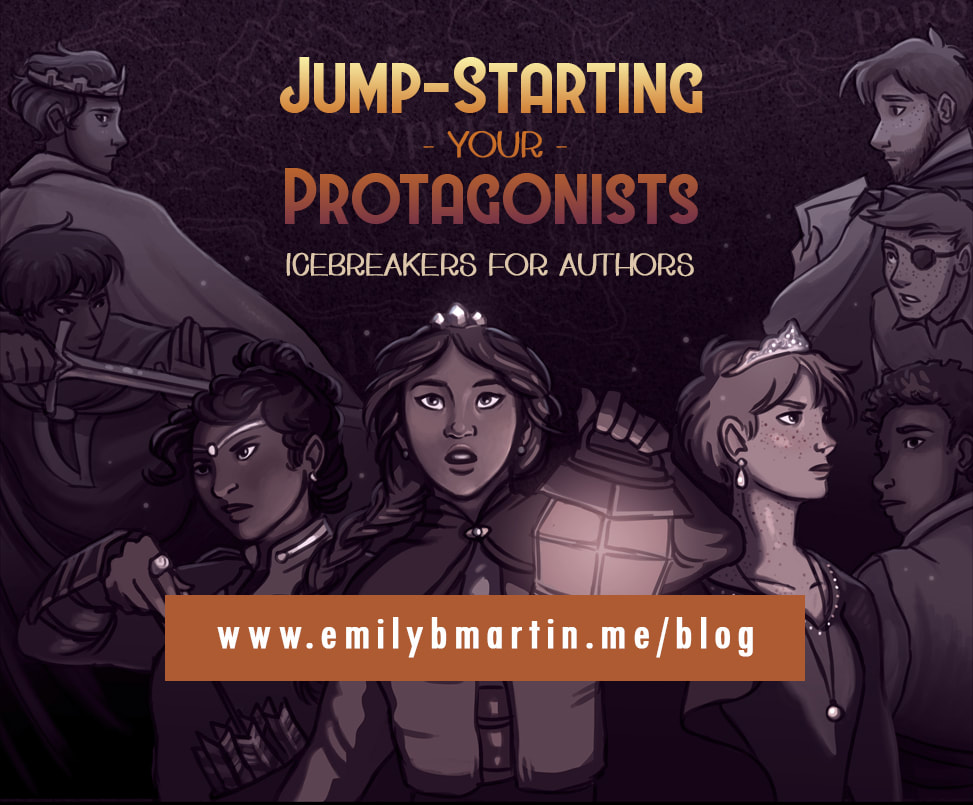
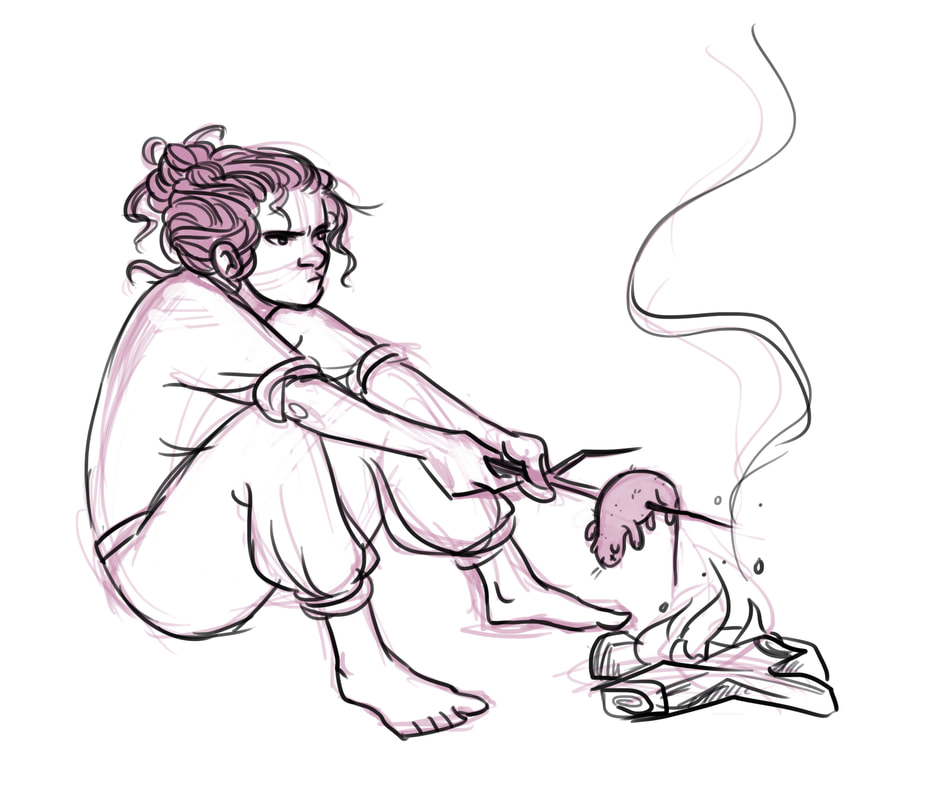
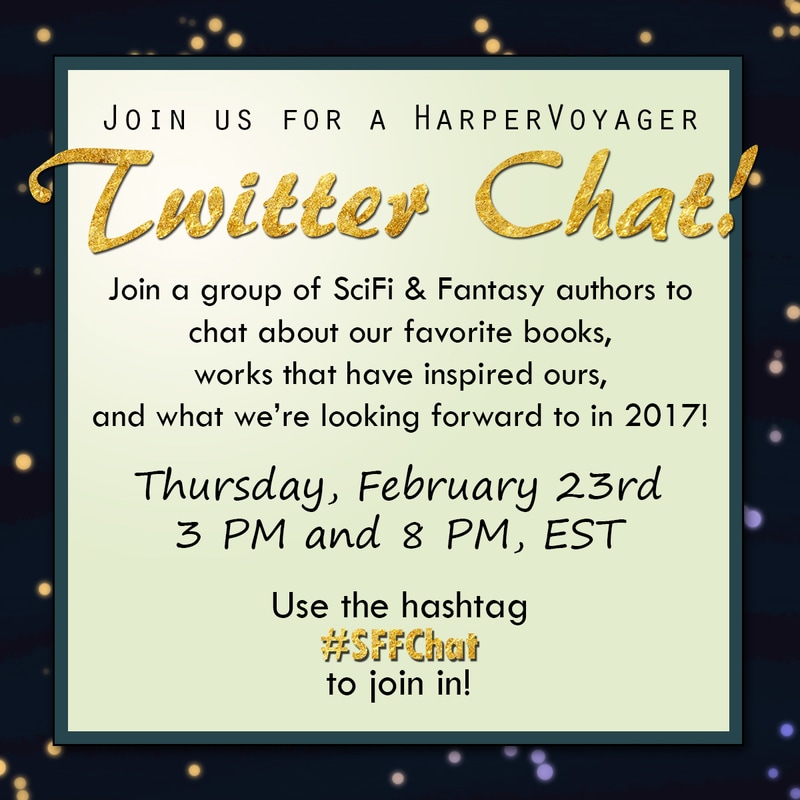
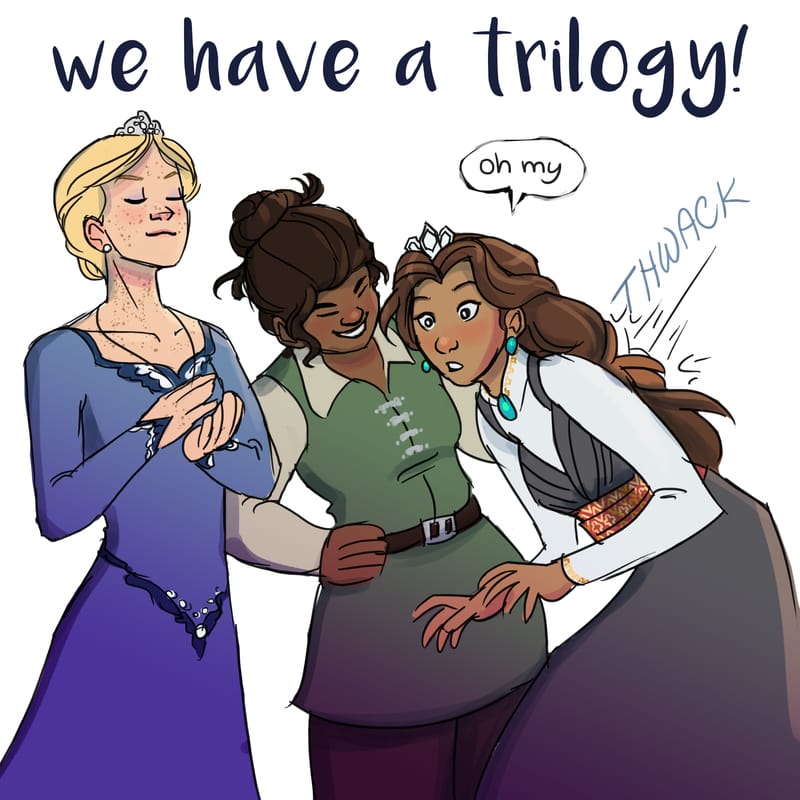
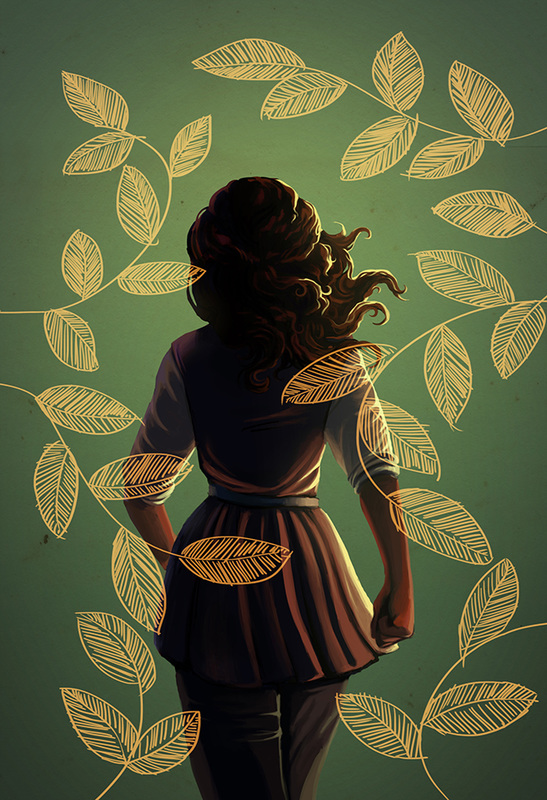
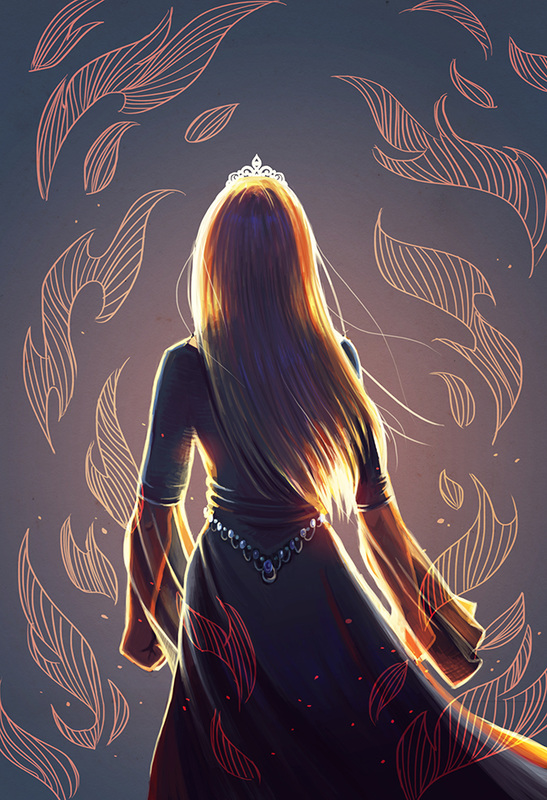
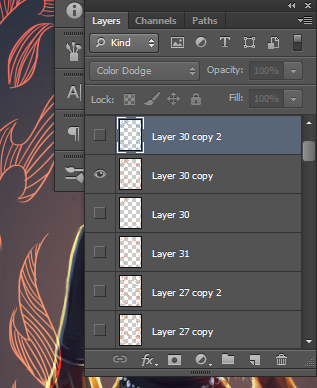
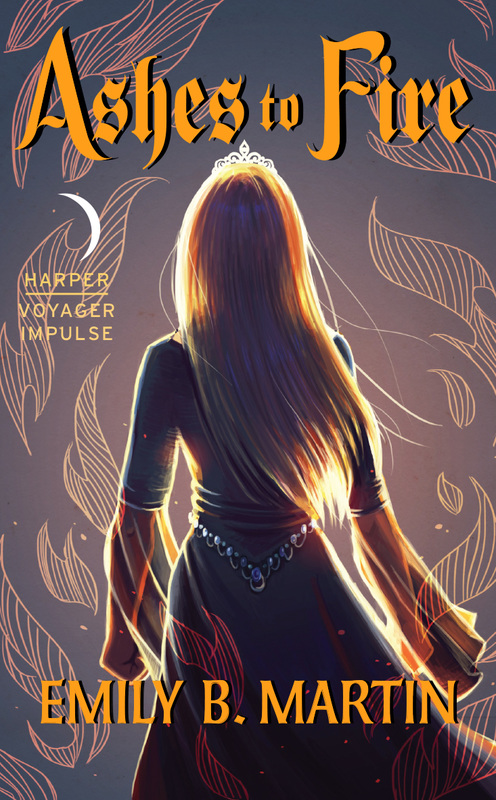
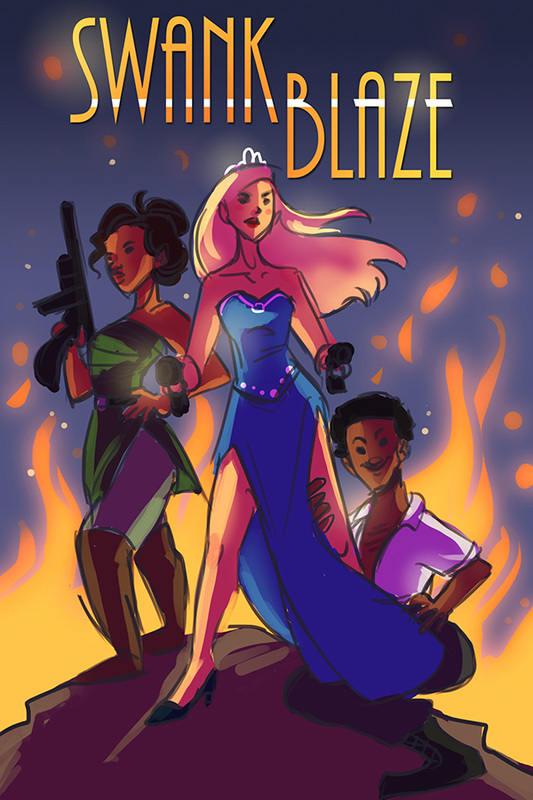
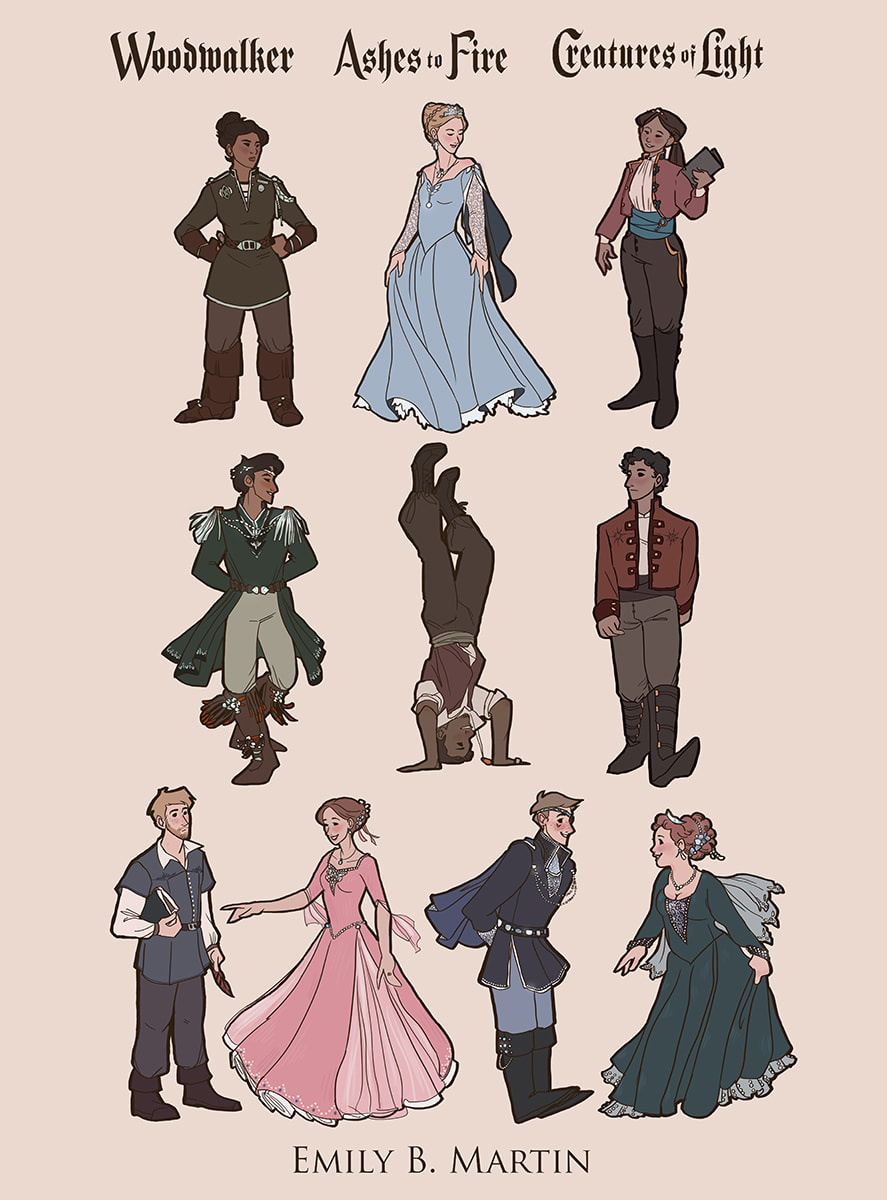
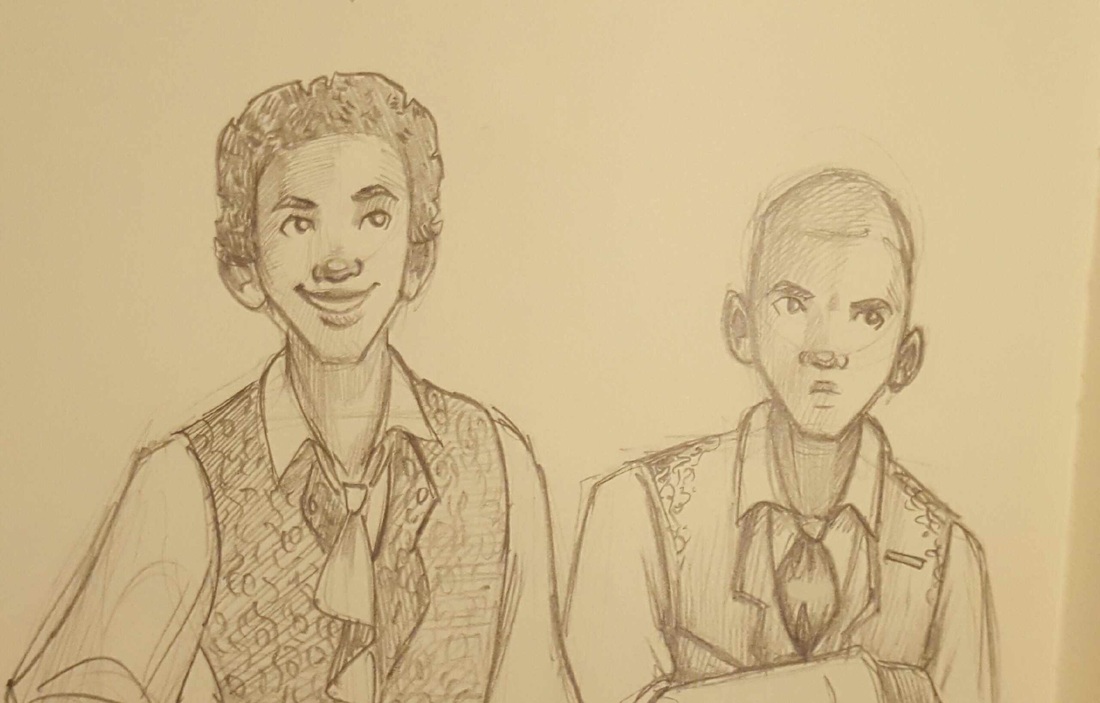
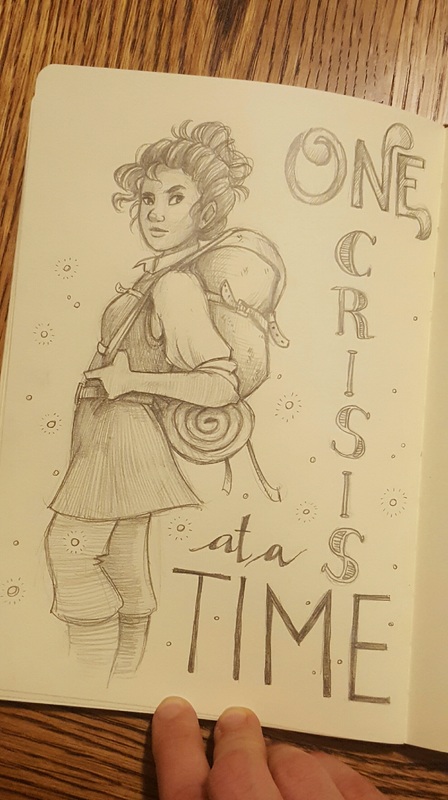
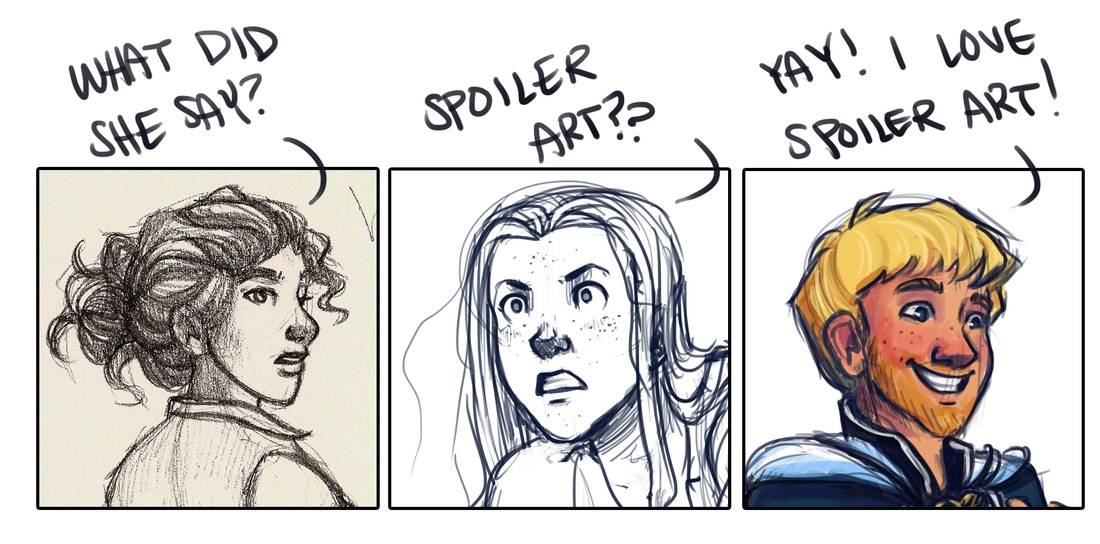
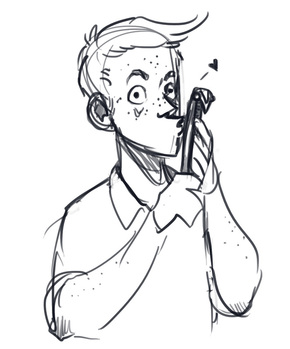

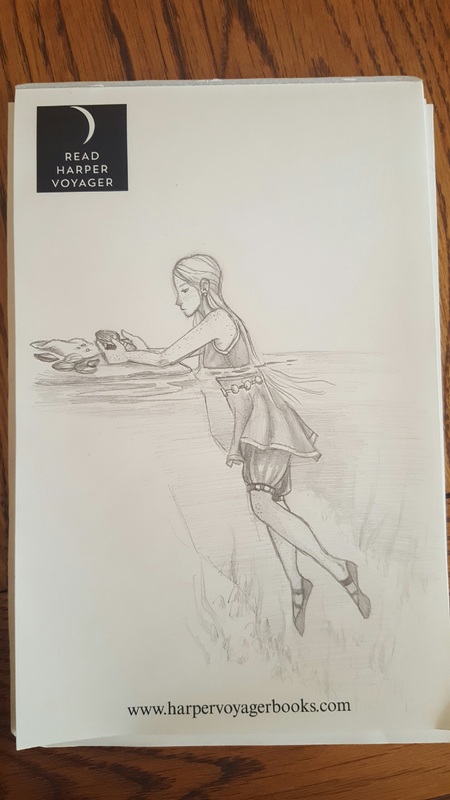
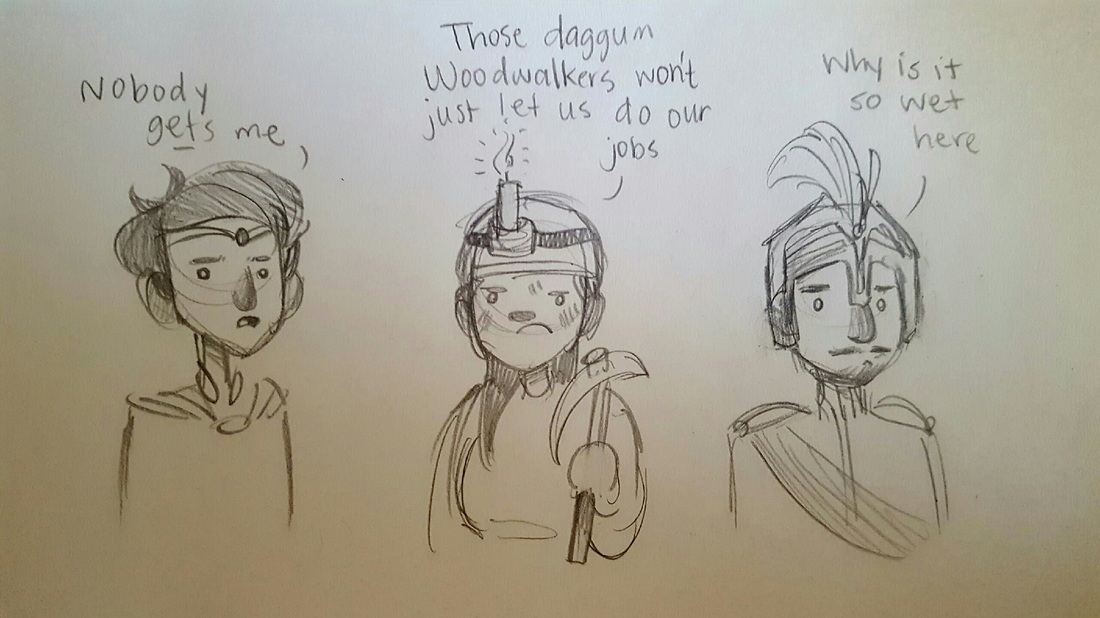
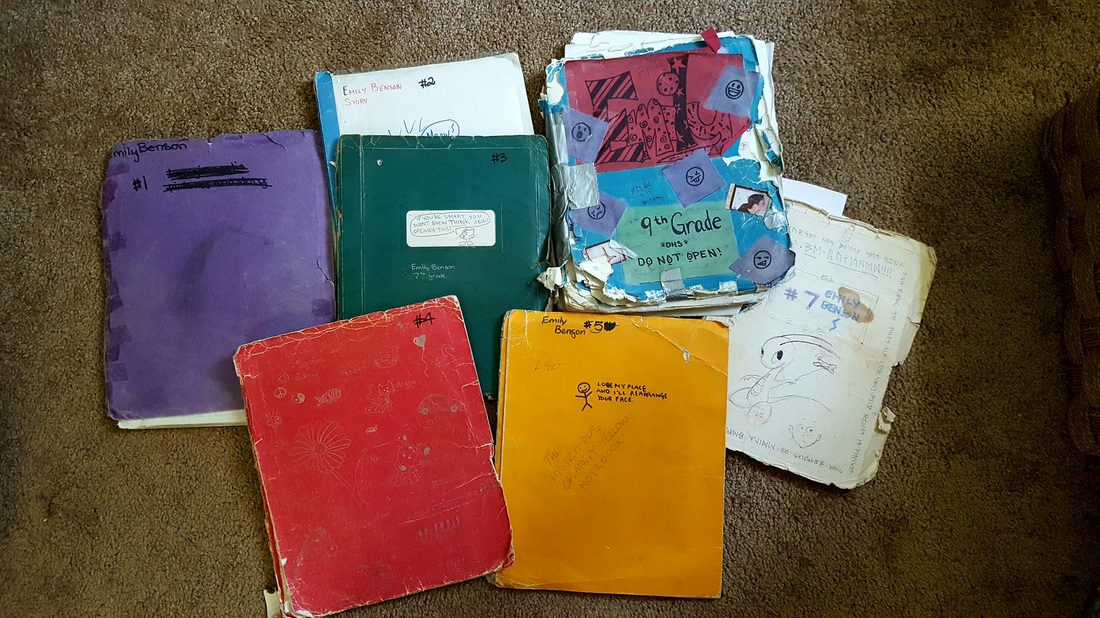

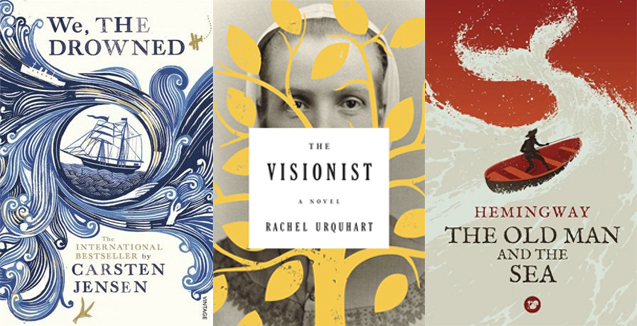
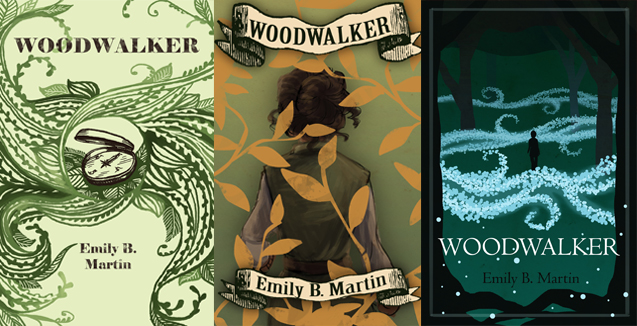
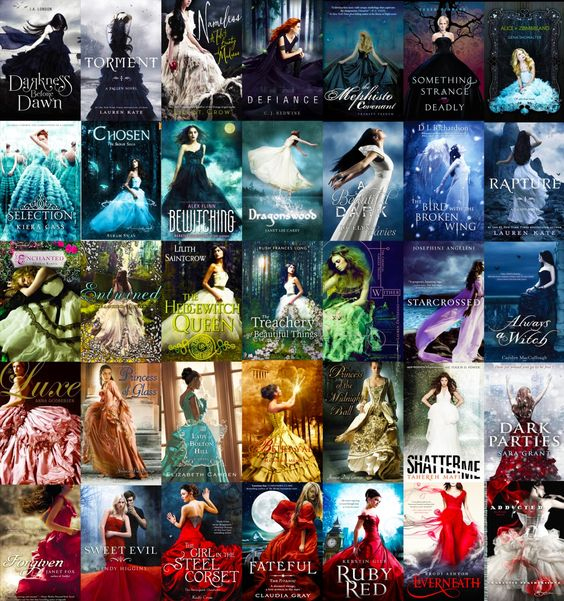
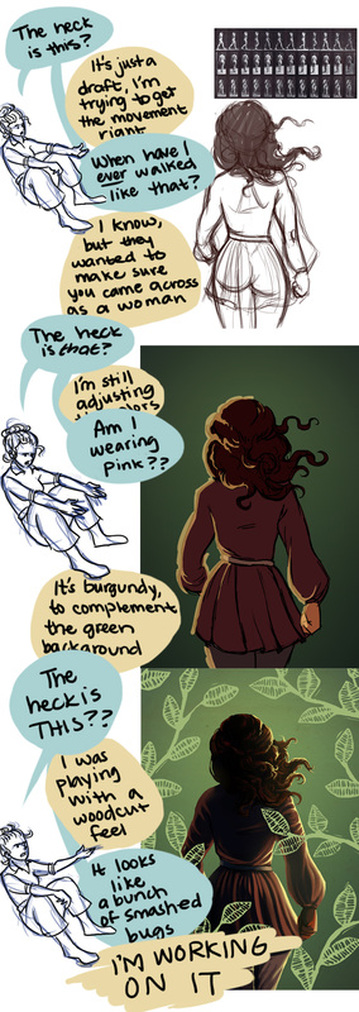
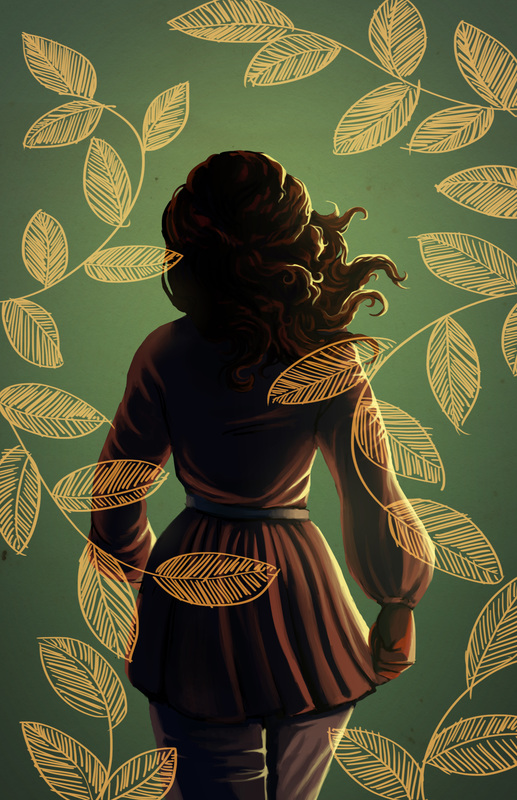
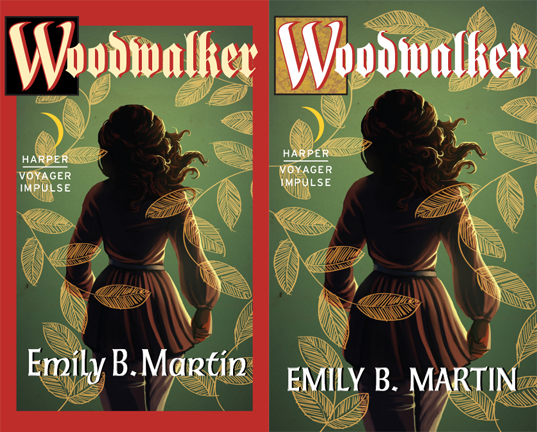
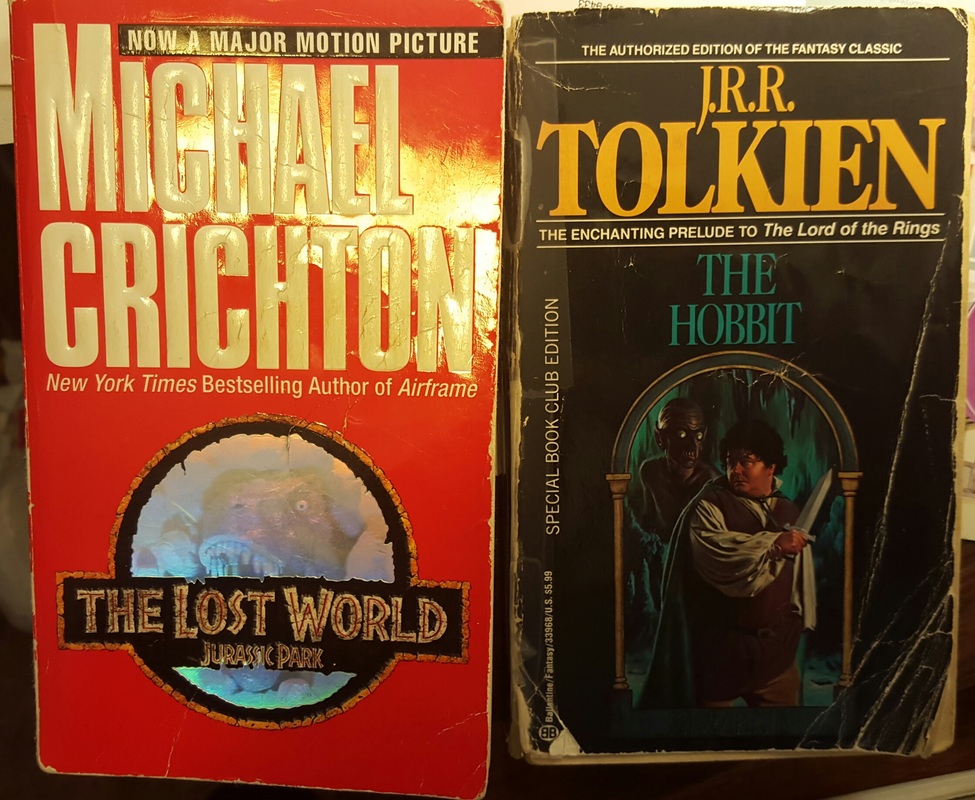
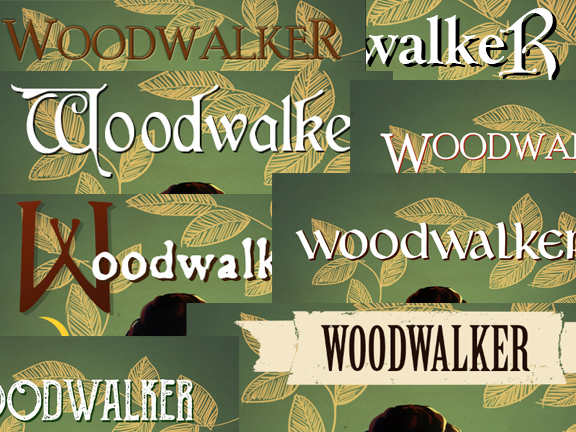
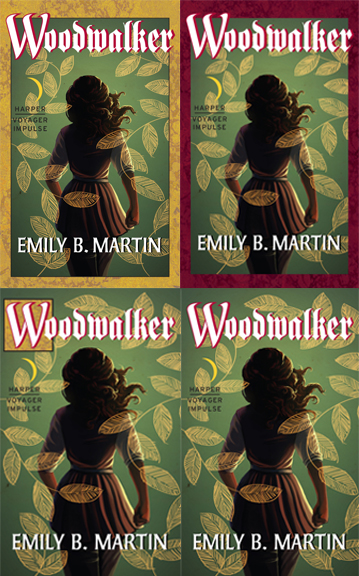
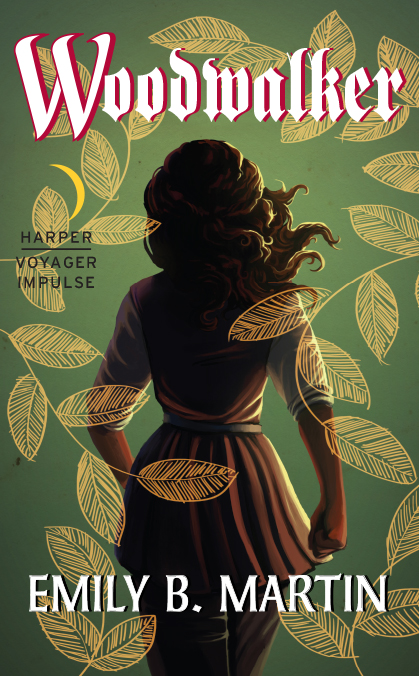
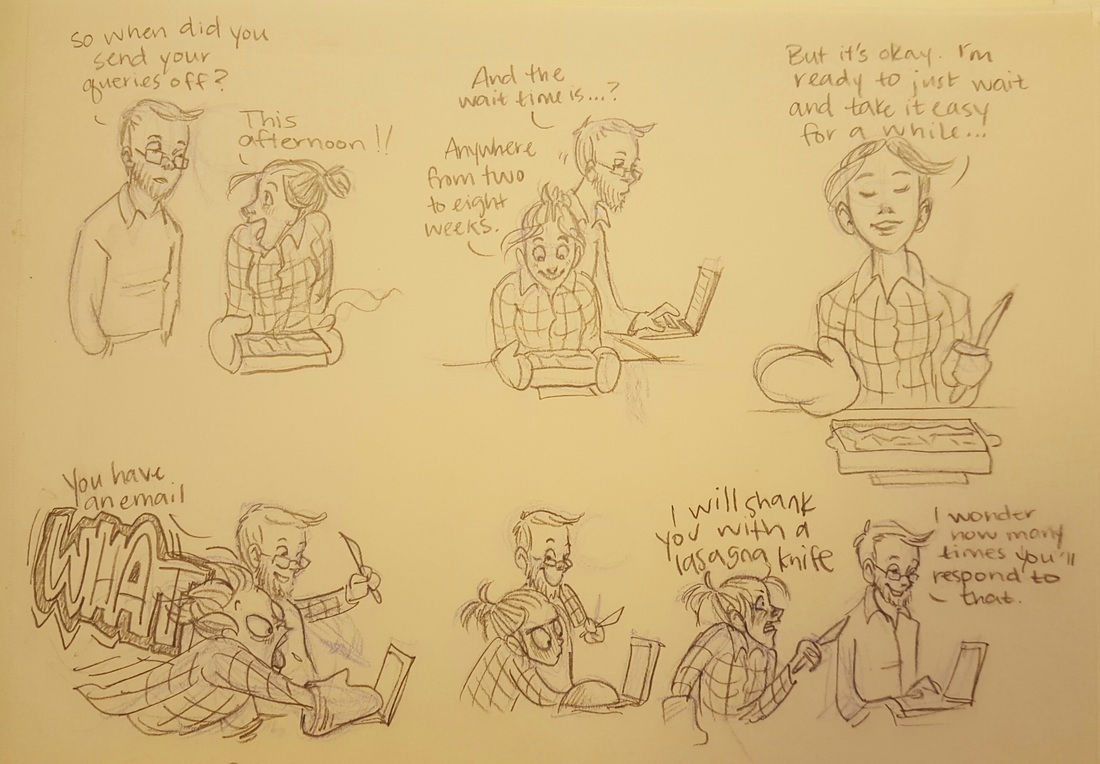
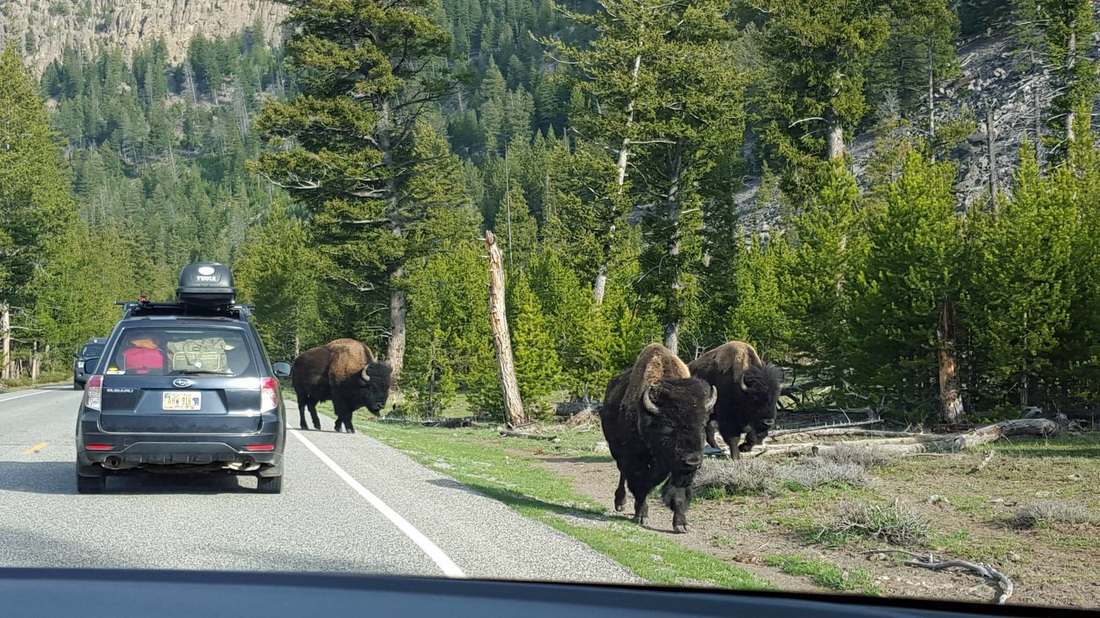
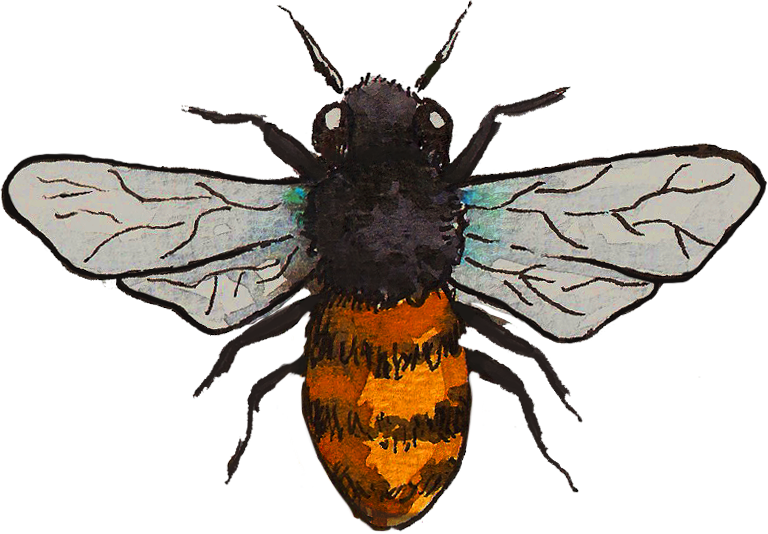
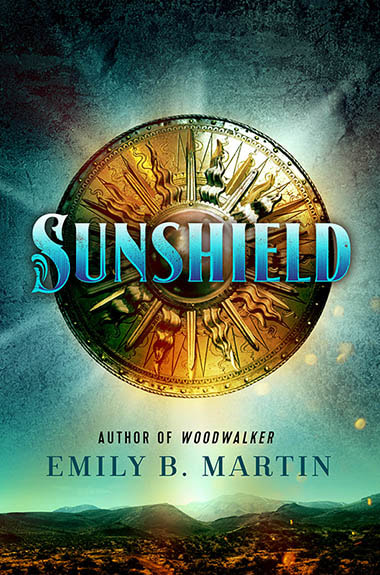
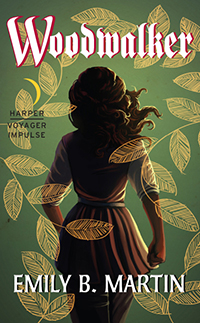
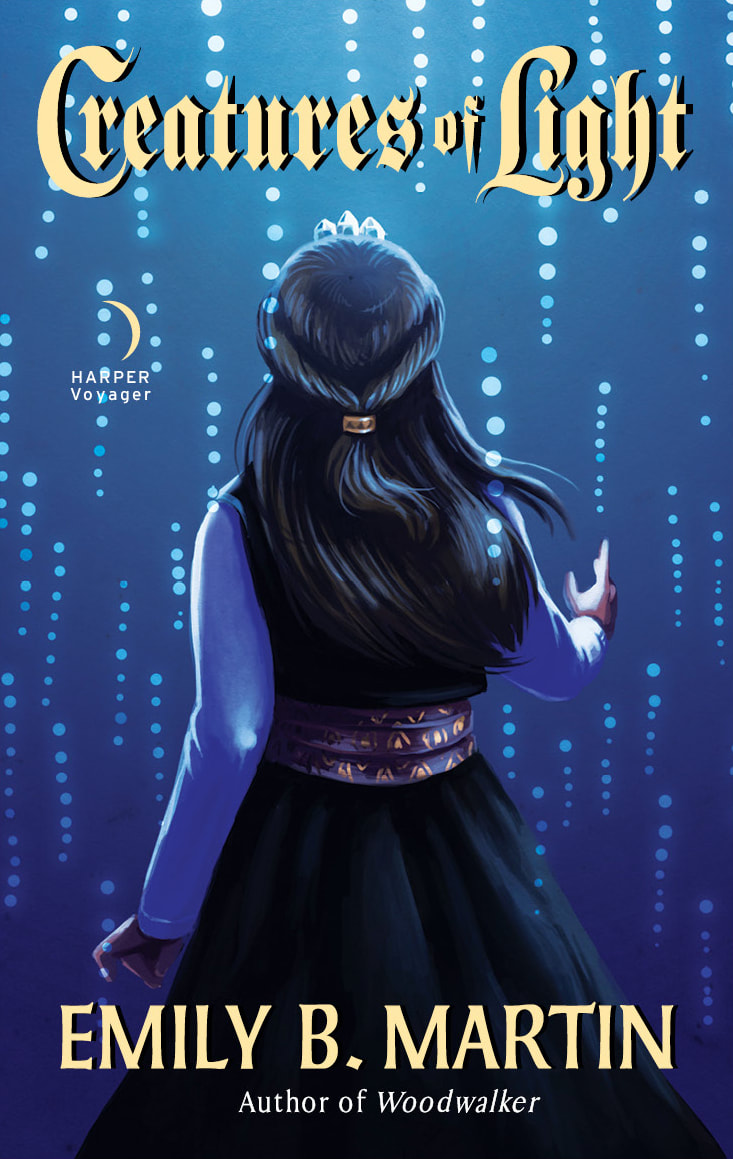
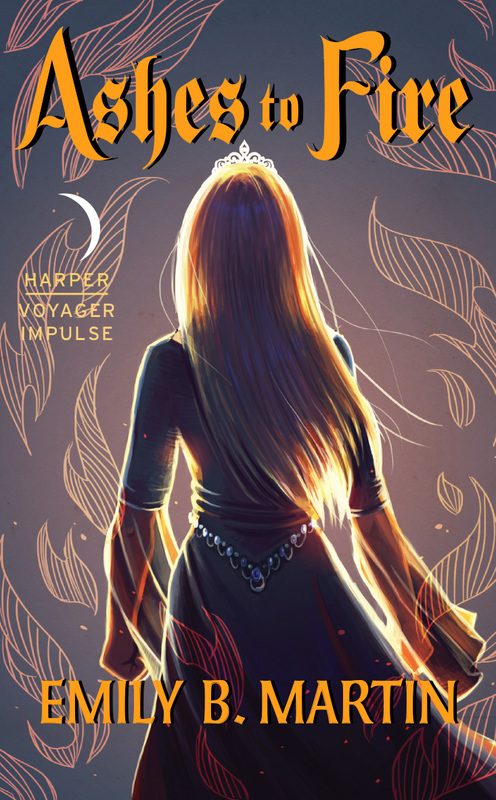
 RSS Feed
RSS Feed

